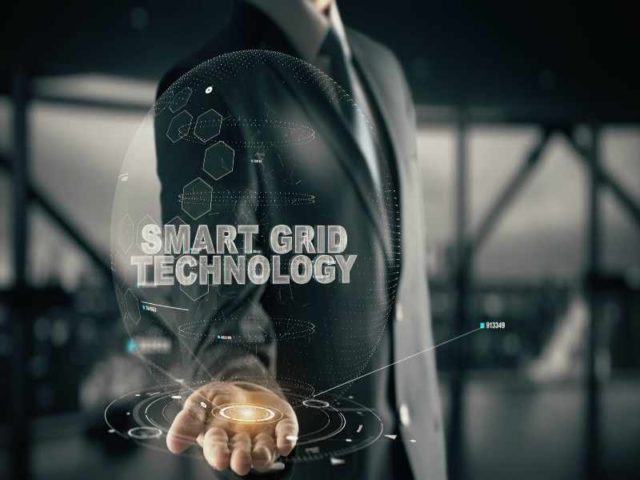Despite renewable energy having been the most resilient form of power generation during the lockdown, urgent investment is needed to scale systems and technologies and digitalize grids to help meet climate goals.
That’s the verdict of DNV GL’s latest Energy Transition Outlook – Power Supply and Use report.
During the COVID-19 pandemic, renewables demonstrated to be less volatile than fossil fuels, as electricity demand dropped. This resulted in higher renewables use – for example up to 70% renewables generation on some days in Germany and in the UK, more than 60 days with no electricity from coal.
The report forecasts that renewable energy will increasingly dominate electricity generation, however, DNV GL warns it is still not enough to meet climate targets.
This year’s outlook reports that carbon emissions have peaked in 2019, yet they will not fall sufficiently by 2050 to reach the Paris Agreement climate goals.
In fact, DNV GL estimates a rise in average global temperatures of 2.3°C above pre-industrial levels.
Related articles:
COVID-19 permanently alters global energy outlook
New report explains how power grids can accelerate the energy transition
Top four renewables strategies to meet the goals of the Paris Agreement
Ditlev Engel, CEO of DNV GL – Energy said: “It is encouraging to see increasing generation from renewables, but we know that it’s simply not enough to meet climate goals and urgent action is required now to transition faster. We desperately need governments around the world to dare to commit to post-pandemic economic stimulus packages, bold policies and regulations that will drive the uptake of low or zero carbon solutions.
“If we are serious about truly accelerating the pace, we urgently need higher carbon pricing, renewable technology rapidly deployed at scale, expanded digitalized global grid infrastructure, and greater energy-efficiency measures.”
The report includes the following findings:
- Growth in renewables is forecast in all global regions, with significant expansion in Greater China, Europe, the Indian Subcontinent and North America.
- New renewables capacity can be installed more quickly, becoming ever more attractive from an investment perspective, through technological improvements, economies of scale and lower cost of capital for proven power plants.
- Electricity demand will doubt from 24 PWh/yr in 2019 to 48 PWh/yr in 2050 due to higher standards of living for much of the world’s population. Combined with the electrification of energy use – powered by the massive expansion in renewable generation – it signals the need for a vast increase in the capacity of our electricity infrastructure.
- Solar and wind, together with other fossil-free sources of generation are predicted to supply more than 83% of electricity by mid-century, compared to 36% today.
- Electricity grids and system integration will become more complex with new technologies including high-voltage-direct-current and hybrid grids.
- More intelligent grid operations, closer-to-real time energy markets and extensive utilization of flexibility options are needed.
- In Greater China, the Indian Subcontinent and Europe, expansion of grids to cover larger market areas will move from interconnection to super grids, extreme and ultra-high-voltage systems for long-distance transmission.
- DNV GL forecasts a rapid uptake of bifacial solar cells which can generate power from both sides of the solar panel and boost energy yield by 5-12%.
Ditlev Engel continued: “New and emerging technologies such as bifacial solar modules, larger wind turbines, floating solar and floating wind will play an increasing role over the next five years. The combination of these innovations with smarter management and analysis of data, increasing uptake of digital technologies and intelligent control to maximize the capture price, will lead to more efficient and cost-effective wind and solar power plants, which should make investment opportunities even more attractive. With the addition of new energy storage solutions, including hydrogen, a clean and reliable energy system will arise.”
Read the Energy Transition Outlook – Power Supply and Use report.



